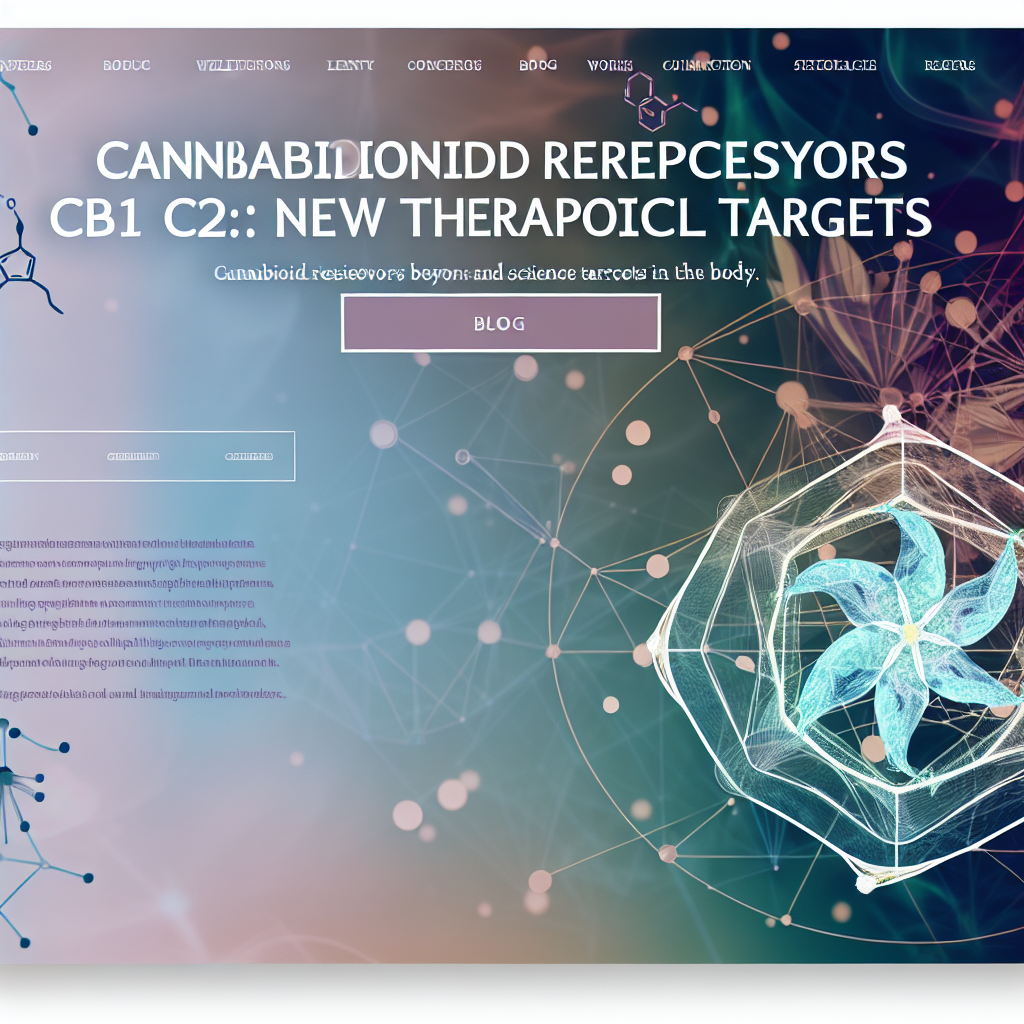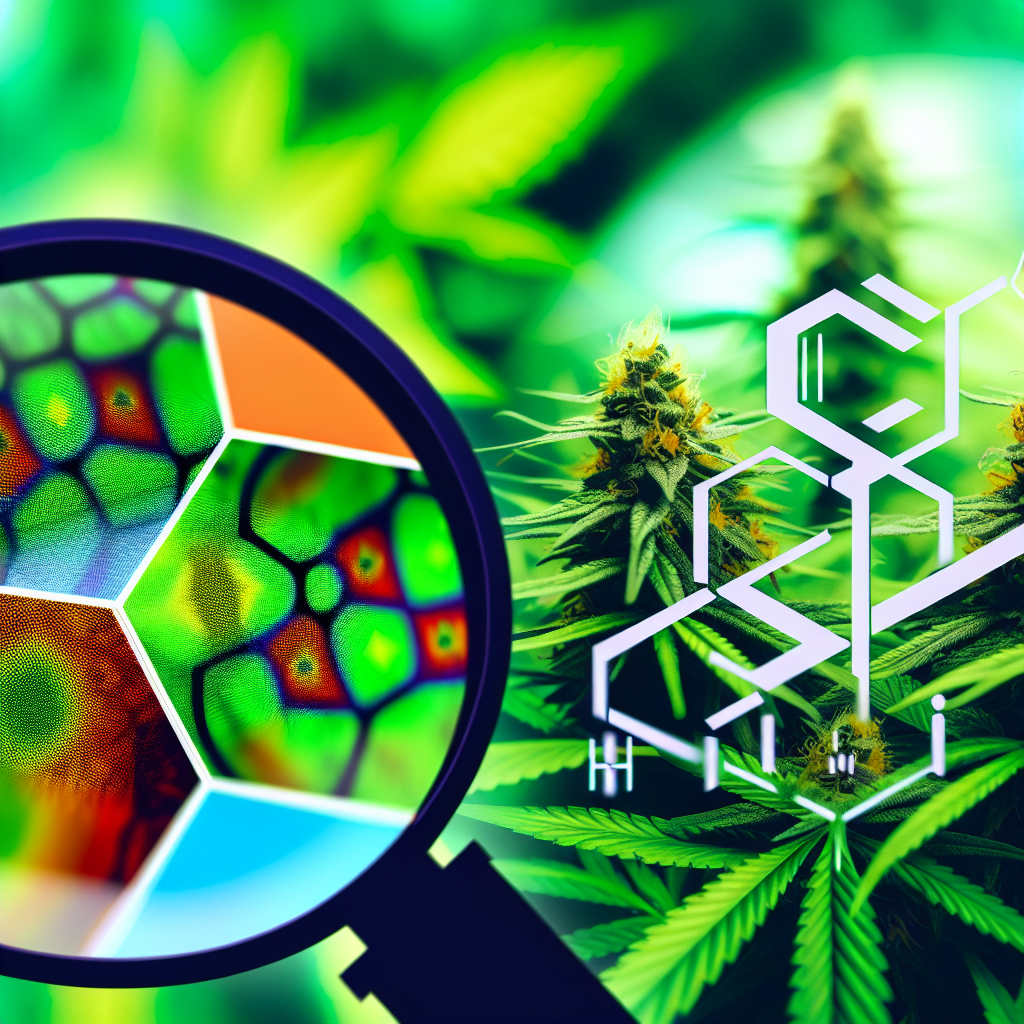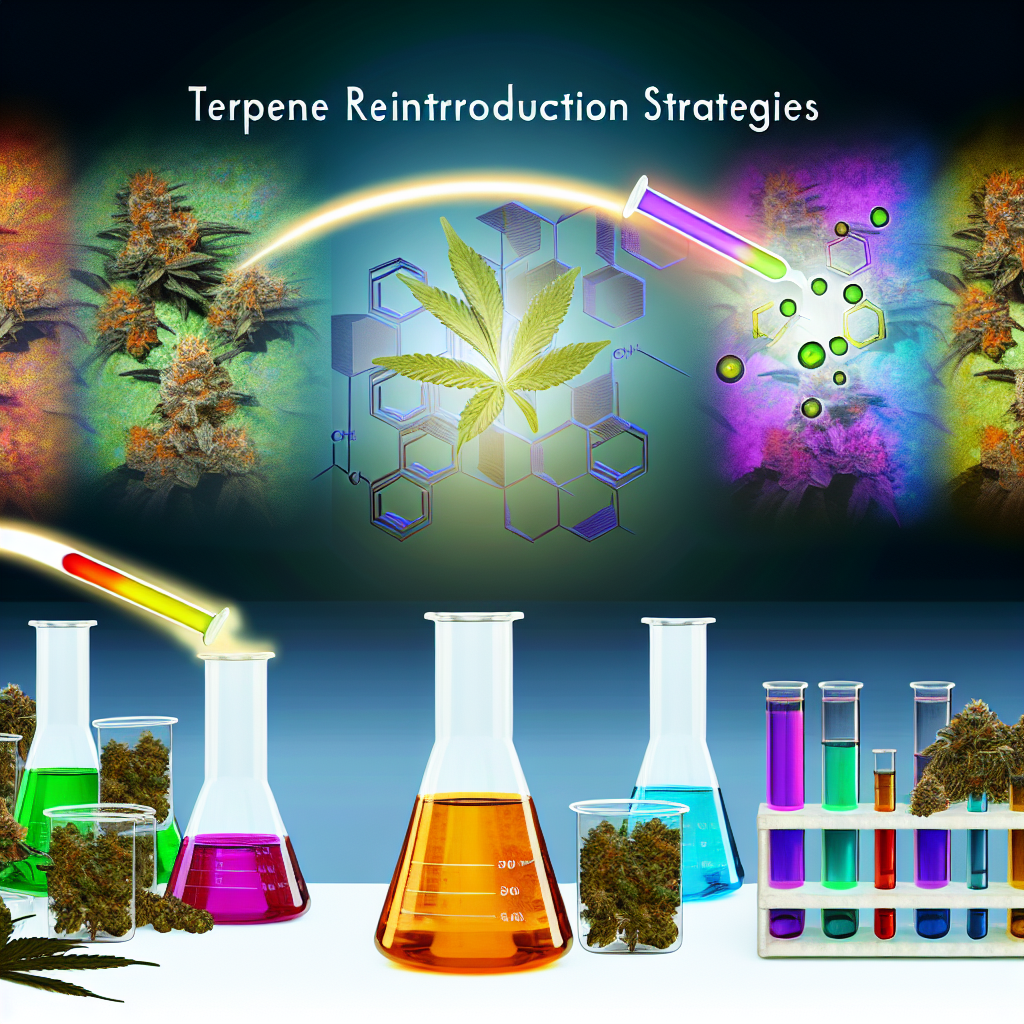Cannabinoid Receptors Beyond CB1 and CB2: Unlocking New Therapeutic Frontiers
Cannabis research has long centered around the well-known CB1 and CB2 receptors, which are responsible for many of the psychoactive and therapeutic properties of cannabinoids. But recent scientific advancements have uncovered a broader, more intricate network of alternative cannabinoid receptors—offering exciting new possibilities for treatment and wellness. In this article, we explore the universe beyond CB1 and CB2, examining emerging receptors, their therapeutic potential, and what this means for medical professionals, product developers, and conscious consumers.
Rewriting the Rules: The Hidden Side of the Endocannabinoid System
For decades, the endocannabinoid system was viewed through the lens of its two primary G protein-coupled receptors—CB1 and CB2. CB1, mostly located in the brain and spinal cord, plays a pivotal role in mood, memory, appetite, and perception of pain. CB2, typically found in immune cells and peripheral organs, modulates inflammation and immune function.
However, recent studies have revealed that the endocannabinoid system extends beyond these two traditional receptors. A growing list of non-classical receptors—such as GPR55, TRPV1, GPR18, and PPARs—respond to cannabinoids in meaningful ways. These discoveries are expanding the horizons of cannabis pharmacology, offering unprecedented ways to target complex and difficult-to-treat medical conditions.
As cannabis moves toward mainstream medical and wellness applications, especially in pain, neurodegenerative, and autoimmune disorders, understanding this extended receptor landscape is critical. It lays the groundwork for next-generation cannabinoid therapies that are more precise, more effective, and potentially less dangerous than existing treatment options.
Emerging Cannabinoid Receptors: The New Wave of Medical Discovery
GPR55: The Contender for the “Third” Cannabinoid Receptor
GPR55 has been identified as a potential “third” cannabinoid receptor, playing roles in neuropathic pain, inflammation, and cancer biology. A 2017 study in _Frontiers in Pharmacology_ highlighted GPR55’s ability to modulate cancer cell proliferation and inflammatory responses (https://www.ncbi.nlm.nih.gov/pmc/articles/PMC5659342/). Its widespread expression in brain and peripheral tissues makes it a compelling target for novel cannabinoid drugs.
TRPV1: The Pain Gatekeeper Responding to Cannabinoids
Best known for mediating responses to heat and capsaicin, TRPV1 receptors are also activated by cannabinoids like CBD. A 2018 article in the _British Journal of Pharmacology_ demonstrated CBD’s ability to modulate this receptor, offering potent analgesic benefits (https://bpspubs.onlinelibrary.wiley.com/doi/full/10.1111/bph.14440). TRPV1 is especially promising for pain-related formulations, particularly in conditions such as arthritis, fibromyalgia, and neuropathy.
GPR18: From Immune Regulation to Glaucoma Management
GPR18 is gaining attention for its roles in immune function and intraocular pressure regulation. A 2013 article in _The Journal of Pharmacology and Experimental Therapeutics_ found that GPR18 responds to the endogenous cannabinoid N-arachidonoylglycine (NAGly), potentially opening the door to treatments for immune disorders and glaucoma (https://jpet.aspetjournals.org/content/346/2/291).
PPARs: The Genomic gatekeepers Influenced by Cannabinoids
Unlike CB receptors, PPARs are nuclear receptors that regulate gene transcription. Cannabinoids like THC and CBD act as agonists for PPARγ, influencing metabolic syndromes like obesity and Type 2 diabetes. A 2016 study in _PLoS One_ showcased CBD’s role in activating PPARγ, offering therapeutic possibilities in Alzheimer’s, cardiovascular disease, and metabolic disorders (https://journals.plos.org/plosone/article?id=10.1371/journal.pone.0165548).
Why It Matters: Implications for Patients, Professionals, and Product Developers
The discovery of non-CB1/CB2 cannabinoid receptors represents a breakthrough in cannabis-based medicine. These novel targets:
– Expand the therapeutic range of cannabinoids
– Offer new options for personalized medicine
– Reduce reliance on more invasive or side effect-prone drugs
For patients with chronic pain, neuroinflammation, mood disorders, or autoimmunity, these alternative pathways may provide improved symptom relief and fewer side effects. For cannabis professionals, they unlock new innovation in product development—from receptor-targeted edibles to topicals and inhalables with more precise effects.
Understanding receptor pharmacology at this level enables healthcare providers to make more informed prescribing decisions and helps consumers choose products that best align with their needs and biochemistry.
Conclusion: The Future of Cannabis Lies Beyond CB1 and CB2
The cannabinoid landscape is far richer and more complex than once believed. Beyond the well-charted CB1 and CB2 receptors lies a realm of alternative targets like GPR55, TRPV1, GPR18, and PPARs—each offering new routes for therapeutic engagement and clinical efficacy.
As we unlock these receptors and better understand how cannabinoids interact with them, we move closer to true precision medicine in the cannabis space. Whether you’re a physician, researcher, product manufacturer, or a wellness-conscious consumer, keeping up with this evolving science is key to making the most of cannabis’s vast potential.
Cannabis is no longer just about getting high or calming down—it’s about targeting the right receptors, at the right time, for the right condition. And that’s a revolution worth watching.
References
1. Frontiers in Pharmacology – GPR55: A New Cannabinoid Receptor?
https://www.ncbi.nlm.nih.gov/pmc/articles/PMC5659342/
2. British Journal of Pharmacology – CBD Modulates TRPV1 Channels
https://bpspubs.onlinelibrary.wiley.com/doi/full/10.1111/bph.14440
3. Journal of Pharmacology and Experimental Therapeutics – GPR18 and Ocular Pressure
https://jpet.aspetjournals.org/content/346/2/291
4. PLoS One – Cannabidiol is a Novel PPARγ Agonist
https://journals.plos.org/plosone/article?id=10.1371/journal.pone.0165548
Concise Summary: (100 words)
The endocannabinoid system extends beyond the well-known CB1 and CB2 receptors, with emerging receptors like GPR55, TRPV1, GPR18, and PPARs offering exciting new therapeutic possibilities. These novel targets can expand the therapeutic range of cannabinoids, provide personalized treatment options, and reduce reliance on more invasive or side effect-prone drugs. Understanding this extended receptor landscape is crucial for advancing cannabis-based medicine, enabling healthcare providers to make more informed prescribing decisions and helping consumers choose products tailored to their specific needs and biochemistry.




